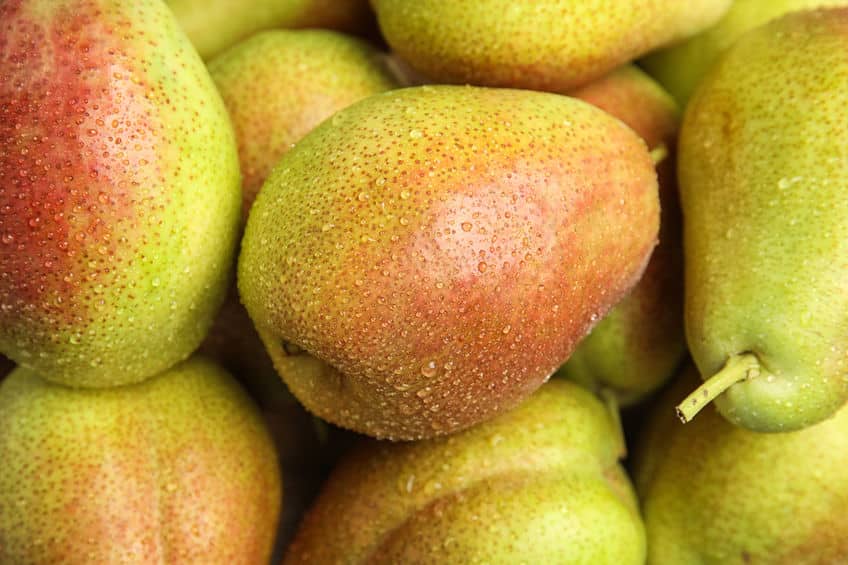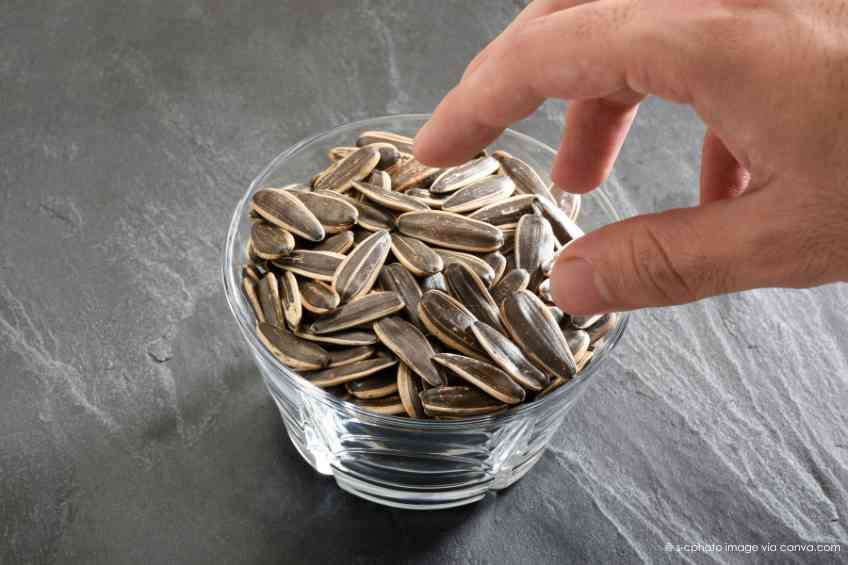The Skinny
Pears, unfortunately, are too often the forgotten fruit. It’s not that people actually forget or can’t name a pear when they see one. And, sure, they tend to be the center piece of holiday fruit baskets. But beyond this, they don’t get the respect they deserve. That’s a shame because they’ve got a lot to offer in terms of variety, taste, application and nutrition. Want to learn more? Of course, you do. Keep reading. WellWell has put together a short-list of winning pears and what they can do for you.
The Slate
Fall is ripe for Asian pears, which are juicy, crisp and golden-colored. Low in calories and fat and a good source of fiber, Asian pears are also known as apple pears because unlike their counterparts, they are best eaten crisp. Beyond taste, they’re nutritious, providing 1.5 to 2 cups of fruit recommended by the U.S. Department of Agriculture. A medium pear has about 50 calories, 0.28 grams of fat and 4.4 grams of fiber. It also has its share of potassium, magnesium, folate and Vitamins C and K.
Duchesse d’Angouleme pears sound regal and maybe they are—they are certainly large in size with a golden yellow skin and a unique buttery taste. On the nutrition side, a medium pear has no fat holds about 25 percent of the daily recommended value for fiber and 10 percent of the daily recommended value of Vitamin C. This is a boon for cell growth and repair.
Like its counterparts, Williams pears are a good source of Vitamin C and fiber, which helps a body in a host of ways. It also contains the antioxidant chlorogenic acid, which help neutralize cell-harming free radicals that can cause cancer. They also boast a great potassium-to-sodium ratio at 176 milligrams of potassium to 1.5 milligrams of sodium. This combination allows blood vessels to relax while supporting proper blood pressure.
These pears seem to have it all—essential antioxidants, flavonoids and dietary fiber. Fat- and cholesterol-free, they hold about 100 calories each. They’re also high in phytonutrient and anthocyanin, which have anti-ageing properties and are heart healthy.
Forelle pears may be small but these greenish pears with small red dots are powerful. Low in calories and high in Vitamin C and fiber, they also hold a decent share of potassium, which helps nerve and muscle function.
Bosc pears come from the Pacific Northwest and have a somewhat sweet-spicy flavor that makes them great for cooking. With almost no fat and relatively low in calories, their taste, crunch and use in various recipes makes them a great component of a weight loss program.
Taylor’s Gold is a late comer to the pear world having been discovered in New Zealand in 1986. It is thought to be a natural mutation of the Comice pear or perhaps a cross between the Bosc and Comice pears. Regardless, they are increasingly revered by cooks and chefs for sauces, pies and other delectables. And, yes, they hold a fair share of Vitamin C and fiber, among other nutrients
Comice Pears (Christmas Pears)
The Comice has a sweet spot for some because it is known as the “Christmas Pear,” which means they often find their way into holiday gift baskets and boxes. But it would be wrong to limit a Comice bite to the holidays. They are prized for their taste but also contain lots of fiber (about 25 percent of the recommended daily allowance) as well as more pectin than apples, which makes the Comice pear great for helping to lower cholesterol levels. If that’s not enough, these pears contain high levels of boron, which helps retain calcium and keep osteoporosis at bay, while also being a decent source of copper and potassium.
Eyes Up
You have a pear you want to push? Let us know at info@wellwellusa.com











